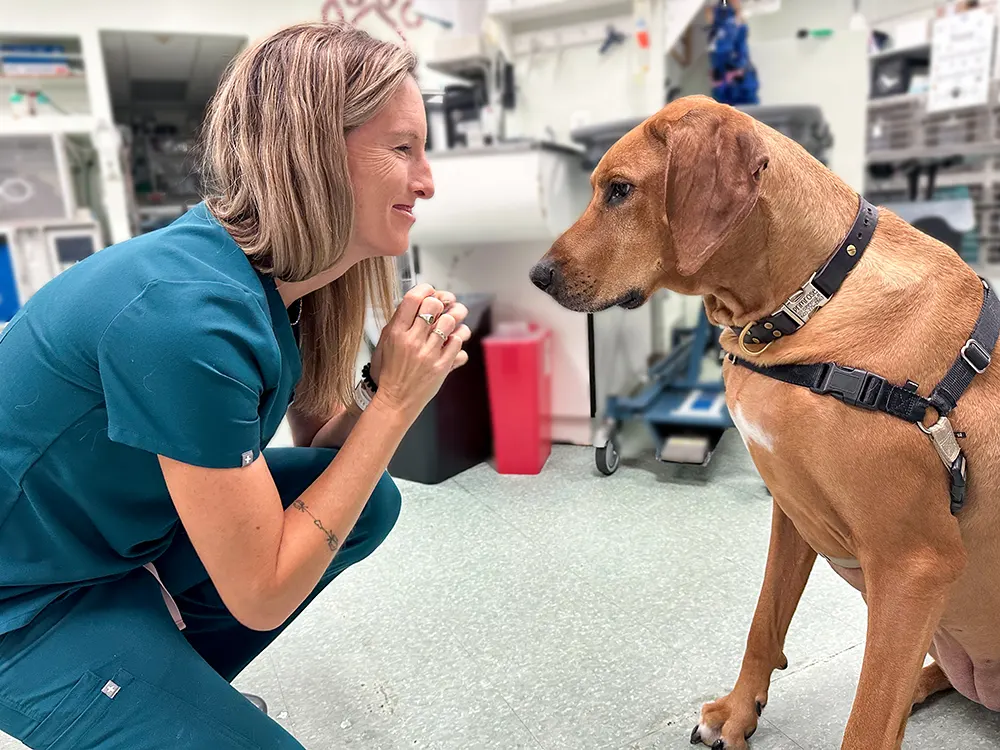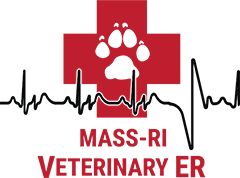What To Expect During a Visit
 Upon arrival, you will be greeted by a receptionist and your pet will be evaluated by one of our triage technicians to determine if they are in stable condition or should be seen immediately by a veterinarian.
Upon arrival, you will be greeted by a receptionist and your pet will be evaluated by one of our triage technicians to determine if they are in stable condition or should be seen immediately by a veterinarian.
We have staff members who can assist you with bringing your pet into the hospital if necessary.
Triage
In cases where every minute counts, being able to be seen immediately is very important. Triage allows us to give first priority to the patients who are in the most severe need of help, so we can ensure that we’re always there for the ones who need us the most.
- If your pet is in critical or unstable condition, we will bring them into our treatment area to be examined by a doctor. A brief form containing your pet’s health information and which treatments or diagnostics you consent to must be filled out prior to speaking with a doctor.
- If your pet appears stable, we will ask that they wait with you until a doctor is available to see them. A veterinary assistant will invite you to bring your pet into a room so they can be examined by a doctor as soon as possible.
Consultation
One of our veterinarians will perform a full physical exam of your pet, and will speak with you to understand the conditions that led you to our emergency facility. A medical plan consisting of diagnostics and treatment options will be provided, including an estimate of cost.
Outpatient Care
Many pets are treated and able to return home the same day to continue care with their primary care veterinarian or at home.
Inpatient Care
Some patients need to be hospitalized for ongoing diagnostics, monitoring, and care. You will be able to speak with a doctor and other support staff daily for updates on your pet while they stay with us. Depending on your pet’s condition, you may be able to have them transferred to your primary care veterinarian for continued care once they are available.
Progress & Medical Records
Our medical notes, lab test results, and diagnostic imaging reports are available to your primary care veterinarian through an online portal system. Your primary care veterinarian will be notified within a few hours of your pet being admitted to our hospital. Our doctors regularly call to discuss your pet's care with your primary care veterinarian throughout their time here.
Working with Your Primary Care Veterinarian
Your general practice veterinarian is an important part of your pet’s health and we work as an extension of their services when advanced or after-hours treatment is necessary. We will notify your veterinarian that your pet visited our ER, and provide them with treatment and follow-up information to continue your pet’s care once you leave our hospital.
